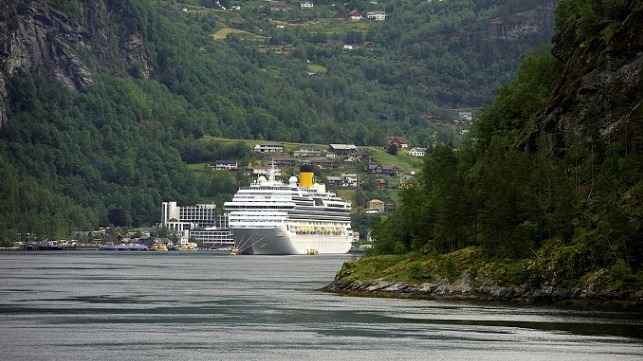Norway Delays Emissions Cap in World Heritage Fjords

The Norwegian Maritime Authority has delayed the entry into force of the new emissions legislation that was originally planned for January 1, 2019. It is now scheduled for the end of February 2019.
The Authority is proposing that ships must use fuel with a sulfur content of maximum 0.10 percent by weight, that the use of both open and closed loop exhaust gas cleaning systems is prohibited and that the incineration of waste on board ships is also prohibited in the world heritage fjords.
Additionally, the new legislation will allow, upon written application from a company, exemption for a ship from the Tier I requirements set out in MARPOL regulation VI/13, if it can be documented that the ship will comply with the Tier III requirements not later than January 1, 2022.
The regulations would apply in the Nærøyfjord, Aurlandsfjord, Geirangerfjord, Sunnylvsfjord and Tafjord.
In practice, they means that the use of heavy fuel oil in the world heritage fjords will be banned, and that ships that currently use heavy fuel oil combined with an exhaust gas cleaning system will have to use marine diesel instead when sailing in the world heritage fjords.
“Experience shows that today’s cleaning systems emit visible smoke emissions, and some systems also generate discharges to sea. Even if the visible smoke is partly water vapor, it has a negative impact on people’s experiences of our world heritage fjords,” says Bjørn Pedersen, Head of Department of Legislation and International Relations.
